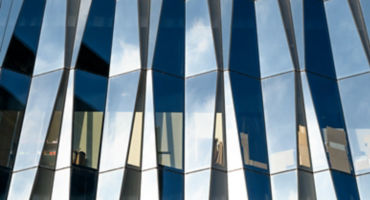Investment risks:
All investing involves risk. Investment markets are subject to economic, regulatory, market sentiment and political risks. All investors should consider the risks that may impact their capital, before investing. The value of your investment may become worth more or less than at the time of the original investment. If the strategies do not perform as expected, if opportunities to implement them do not arise, or if the team does not implement its investment strategies successfully; then a strategy may underperform or experience losses. PAST RESULTS ARE NOT NECESSARILY INDICATIVE OF FUTURE RESULTS.
Principal Risks
Concentration Risk
Concentration risk is the risk of amplified losses that may occur from having a large percentage of your investments in a particular security, issuer, industry, or country. The investments may move in the same direction in reaction to the conditions of the industries, sectors, countries and regions of investment, and a single security or issuer could have a significant impact on the portfolio’s risk and returns.
Liquidity Risk
Investments with low liquidity may experience market value volatility because they are thinly traded (such as small cap and private equity or private placement bonds). Since there is no guarantee that these securities could be sold at fair value, sales may occur at a discount. In the event of a full liquidation, these securities may need to be held after liquidation date.
Restricted Security Risk
Restricted securities are securities acquired in unregistered, private sales from the issuing company or from an affiliate of the issuer. These securities may not be transferable until certain criteria are met and under the federal securities laws, generally may be resold only to qualified institutional buyers, resulting in liquidity risk.
Credit Risk
The value of a fixed income security may decline due to an increased risk that the issuer or guarantor of that security may fail to pay interest or principal when due, as a result of adverse changes to the issuer's or guarantor's financial status and/or business. In general, lower-rated securities carry a greater degree of credit risk than higher-rated securities.
Fixed Income Securities Risk
Fixed income security market values are subject to many factors, including economic conditions, government regulations, market sentiment, and local and international political events. In addition, the market value of fixed income securities will fluctuate in response to changes in interest rates, and the creditworthiness of the issuer.






























Monthly Market Review — October 2025
A monthly update on equity, fixed income, currency, and commodity markets.
By